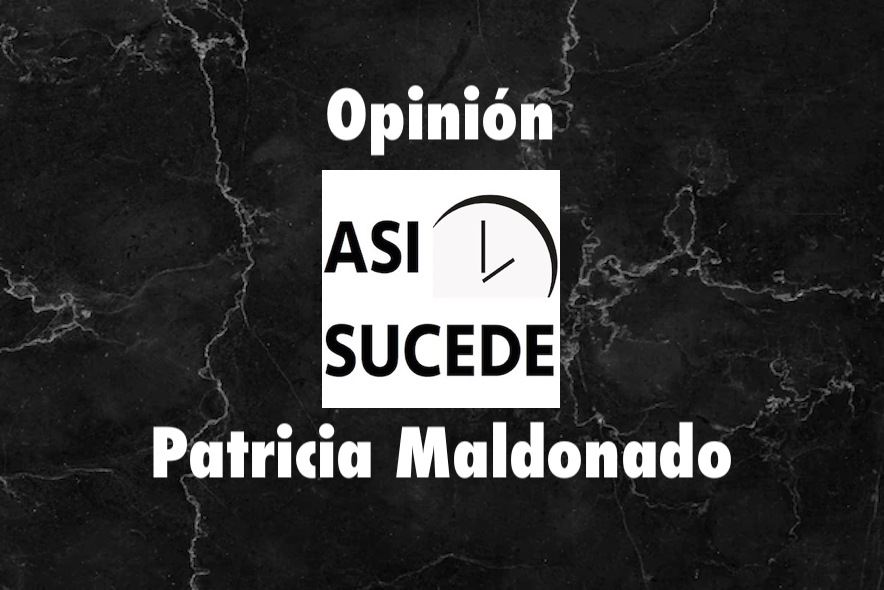Discursos de odio

Hoy en día que están las redes sociales y que todos los usuarios podemos reaccionar o comentar a lo que se publica, suele ocurrir que en estas se presentan discursos de odio. Es decir, expresiones que promueven la violencia, la discriminación o el prejuicio en función de la raza, religión, origen étnico, género, orientación sexual, preferencias ideológicas o políticas.
Ahorita que están las elecciones a la presidencia de la república es común ver publicaciones como: “todos los seguidores de determinado partido político son ignorantes y manipulables; que tal partido es una amenaza para la sociedad; que los seguidores de este otro merecen ser linchados y que aquellos son un cáncer”. Asimismo, se dan enfrentamientos personales, con groserías incluidas, que van de “eres un ciego por no ver lo que están haciendo; tu partido ha hecho aún más daño en el pasado; no puedo creer que apoyes políticas tan regresivas y retrógradas; eres un fascista; tú eres un comunista; si votas por tal partido eres parte del problema y mereces todo lo que te suceda”.
En fin, los discursos de odio llevan a la polarización social y crear un ambiente tóxico que afecta la salud mental de las personas. Podemos emprender acciones preventivas como fomentar la diversidad y la inclusión y que los dueños de las redes sociales utilicen tecnología de moderación y herramientas de inteligencia artificial para identificar y eliminar el contenido perjudicial. Combatir el discurso de odio en las redes sociales es esencial para promover la convivencia pacífica en la sociedad digital.




